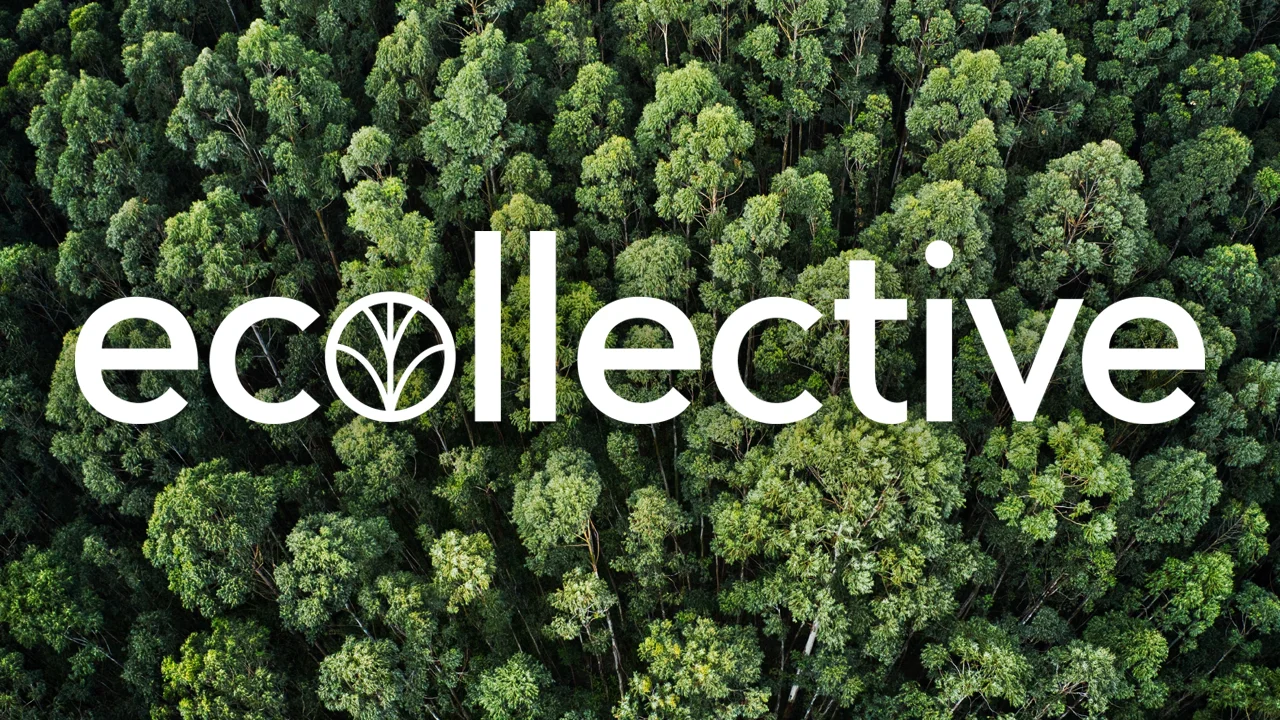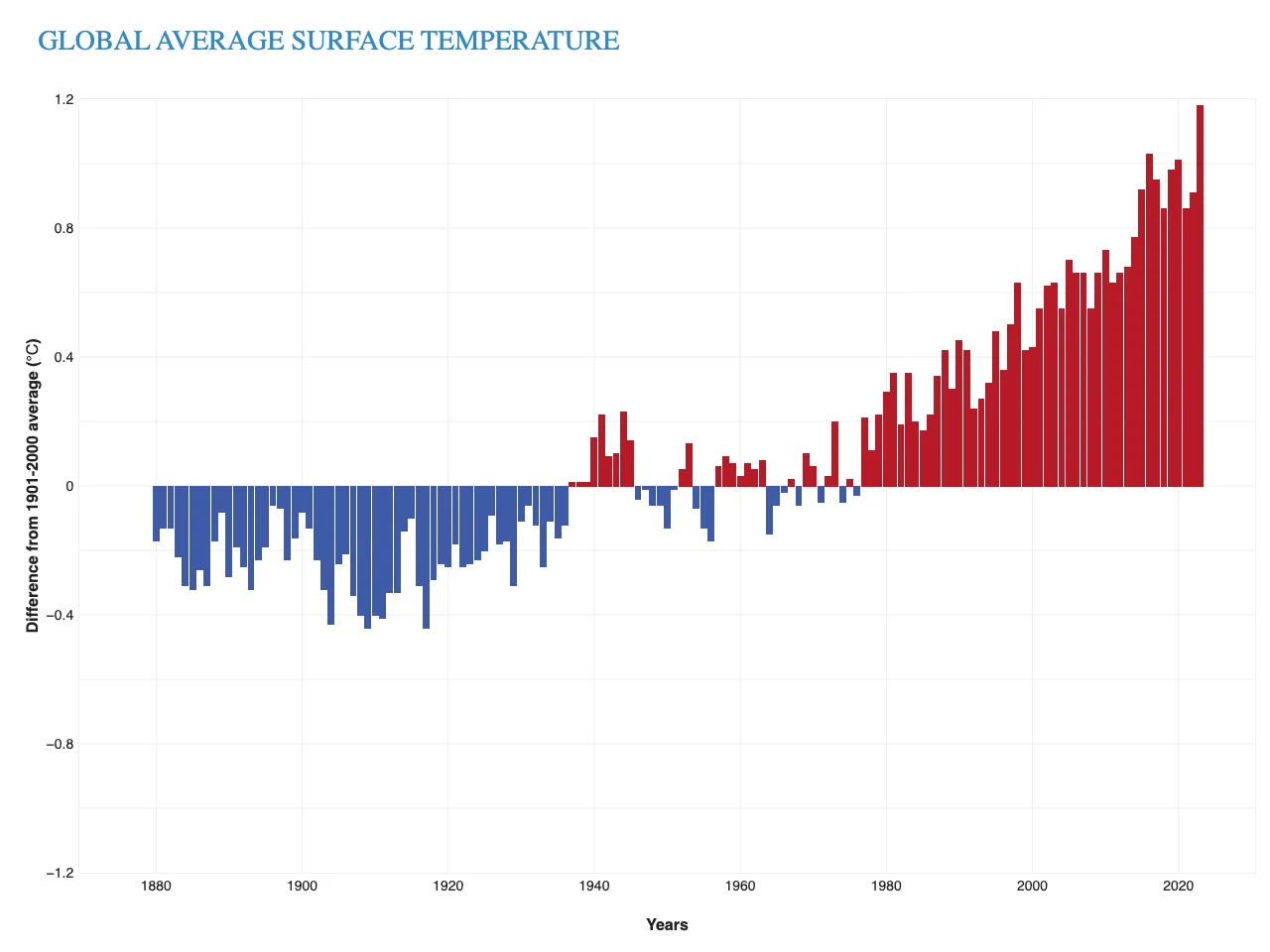Month: February 2024
Why carbon reduction and nature protection go hand in hand

ANIMONDIAL works with Travel & Tourism businesses to improve animal welfare, halt biodiversity loss and promote nature’s recovery. So, you might wonder why we have teamed up with carbon consultancy ecollective to provide an integrated service for carbon reduction and Nature Positive Tourism. What does climate change have to do with animals and nature?
…
The fact is that these two issues are intimately intertwined. Global experts have acknowledged that “neither will be successfully resolved unless both are tackled together” (IPBES/IPCC). Enhancing nature is essential to combating climate change, just as minimising climate change is critical for protecting biodiversity.
Climate change is a key cause of biodiversity loss
Greenhouse gas emissions, primarily from burning fossil fuels for energy and heat, cause the atmosphere to trap more heat from the sun, making our planet hotter. This graph shows how the earth (the air at ground level and the surface of the seas) has been heating up since industrialisation became widespread in the early 1900s.

Graph source: Climate.gov
This rising temperature of the earth – global heating – is having a major effect on biodiversity, and one which is likely to increase. It leads to climate change, which is one of the five key drivers of biodiversity loss identified by IPBES (the Intergovernmental Panel on Biodiversity & Ecosystem Services).
Climate change is responsible for more frequent extreme weather events like storms and droughts, and related natural disasters like floods and wildfires. It can also cause shifts in long-term weather conditions such as seasonal temperatures or rainfall levels. These shifts can make some areas uninhabitable for plants and animals that used to thrive there. It also has a massive effect on the ocean, leading to rising sea levels, marine heatwaves and ocean acidification. This has already contributed to huge biodiversity loss. For example, nearly half of all coral reefs have died in the past 150 years, and further warming threatens to destroy almost all those that remain.
Restoring biodiversity can help combat climate change
But there is another side to the relationship between biodiversity and climate change. Restoring natural areas can absorb carbon from the atmosphere, locking it into plants and soils and helping combat climate change. Planting trees is a well-known way to absorb carbon, but it is much more effective when those trees are part of a natural forest full of other plants and animals. Some other ecosystems, like marshlands and seagrass beds, can be even more effective.
As well as removing carbon from the atmosphere, natural ecosystems can also provide protection from the impacts of climate change. Coral reefs, mangrove forests and other wetlands can reduce damage from violent storms, while woodland and other habitats can slow the flow of rainwater down hillsides, reducing the risk of both flash floods and future droughts. Natural areas, especially forests, can also help to stabilise local climates and reduce the risk of desertification (areas of land turning into desert). Reducing the damage from these events is a benefit to biodiversity itself as well as to local people.
By understanding the complex interconnection between nature and climate, and especially the dangers that global heating poses for biodiversity loss, it is clear we need to address both these issues at once. So what can you do?
Measure, strategise, reduce
The first step is to measure the current emissions of your business. Our partner ecollective is a carbon consultancy that specialises in measuring the carbon footprints of businesses in the Travel & Tourism industry. They not only measure emissions from different sources to find the carbon ‘hotspots’ of your organisation. This information is vital for the next next step in the process: making a plan to reduce those emissions.
To meet the Net Zero target set out in the Paris Agreement, companies need to reduce emissions by 90% by 2050. ecollective can work with you to set ambitious but achievable reduction targets and identify the most effective and efficient reduction strategies.
It makes sense to go through this process in tandem with developing your Nature Positive Tourism strategy, following the ‘assess, reduce, restore’ model. This enables you to produce a full assessment of your dependencies and impacts on natural services and identify actions that reduce and restore in multiple areas simultaneously.
ecollective work with some of the best in the business (check out their testimonials) and can provide other services like Carbon Literacy training to educate and engage your team. They also have lots of advice and resources on their blog that you can access for free.
Having a Net Zero plan is also good for business
Having a Net Zero plan is good for your business as well as the environment since many strategies involve cost-cutting measures such as reducing energy consumption and waste. Companies with active Net Zero plans are also more attractive to top talent and investors and have a higher staff retention rate. With legislation coming thick and fast requiring companies to declare and reduce their emissions, you’re better off starting sooner rather than later.
Combining biodiversity with carbon saves you time
A common mistake travel companies make is to have two separate projects: one measuring carbon emissions, one working on animal welfare and biodiversity. In fact, a Net Zero plan can be part of your Nature Positive Tourism commitment, tackling climate as a threat to biodiversity as well as an environmental challenge in its own right. By working with ecollective and ANIMONDIAL together, you will save time sharing information and producing strategies that are fully aligned.
Ensure your actions have a win-win result
Many actions to reduce carbon emissions also benefit nature, but not all. By combining the expertise of ecollective and ANIMONDIAL, we can give tourism companies a clear strategy that covers emissions reduction and biodiversity protection and enhancement, increasing the overall impact of your remedial actions.
Delivering global goals on climate and biodiversity needs a combination of ambitious land- and ocean-based actions to protect, sustainably manage and restore ecosystems, together with reductions in greenhouse gas emissions. Scientists and policy makers understand that meaningful change will only be achieved at a global level through a joint effort to better protect animals, nature and the climate – and the same is true for your business.
Hopefully this blog has prompted you to start considering your company’s carbon footprint (if you weren’t already).
For more information check out ecollective or get in touch to book a 30 minute, no obligation chat with ecollective.


